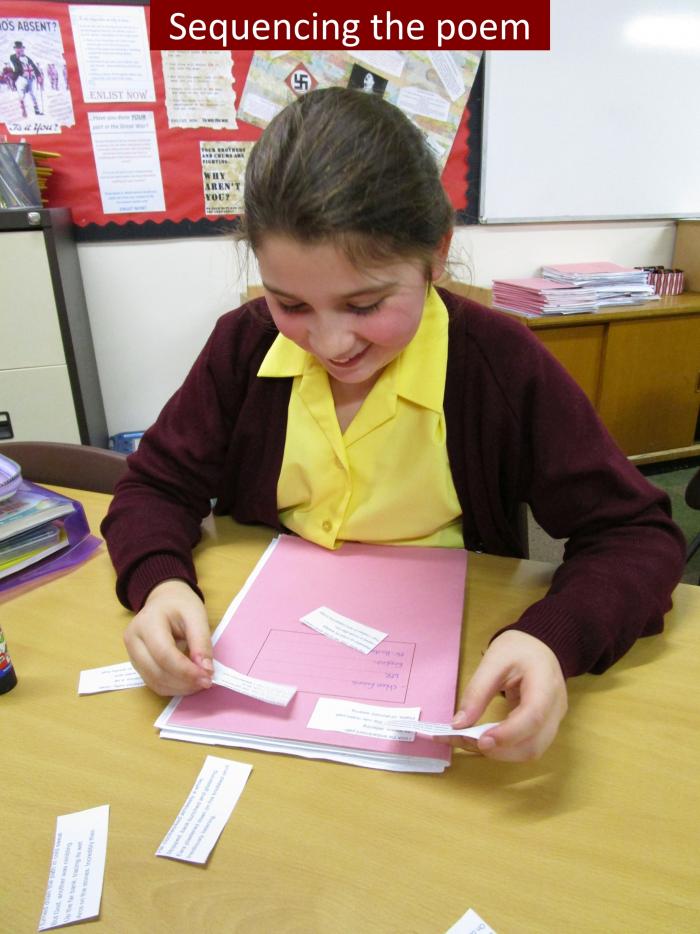
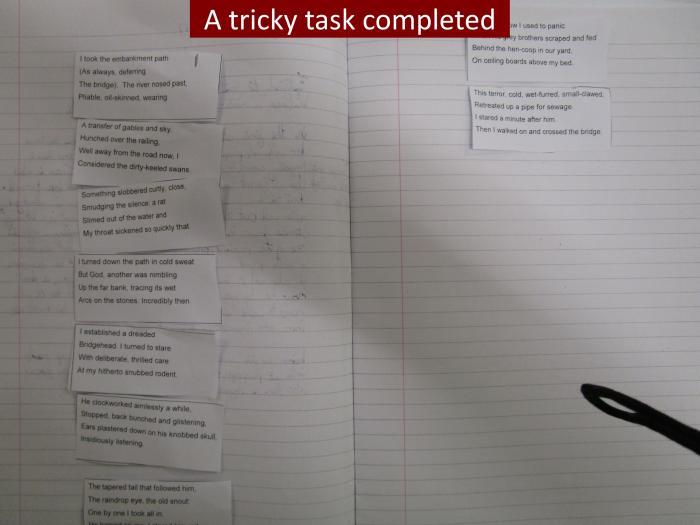
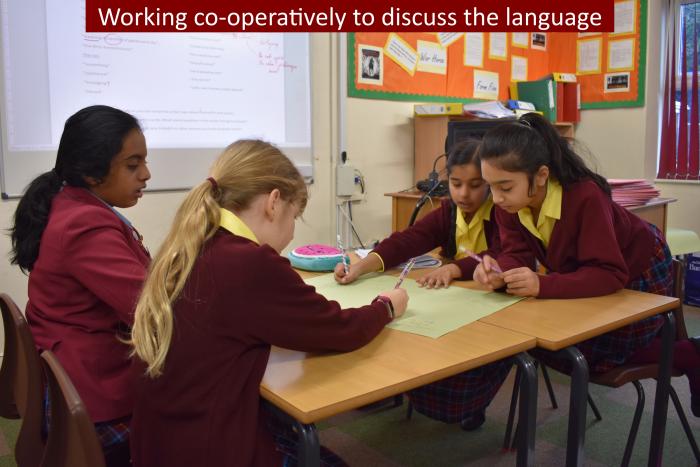
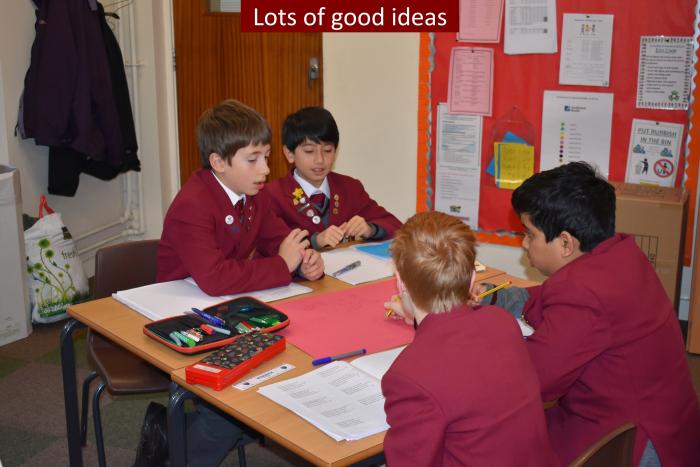
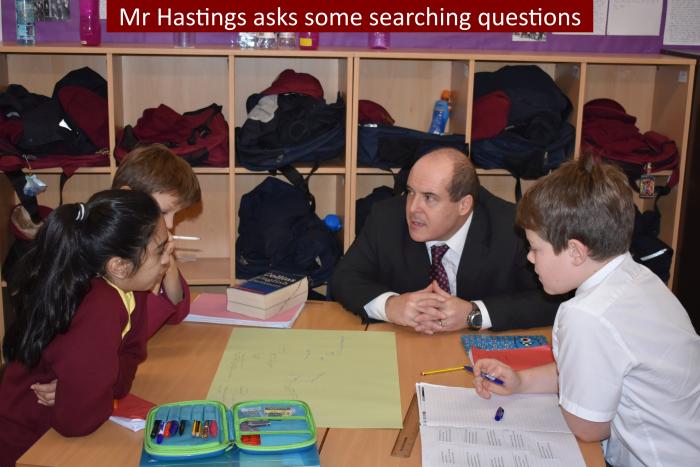
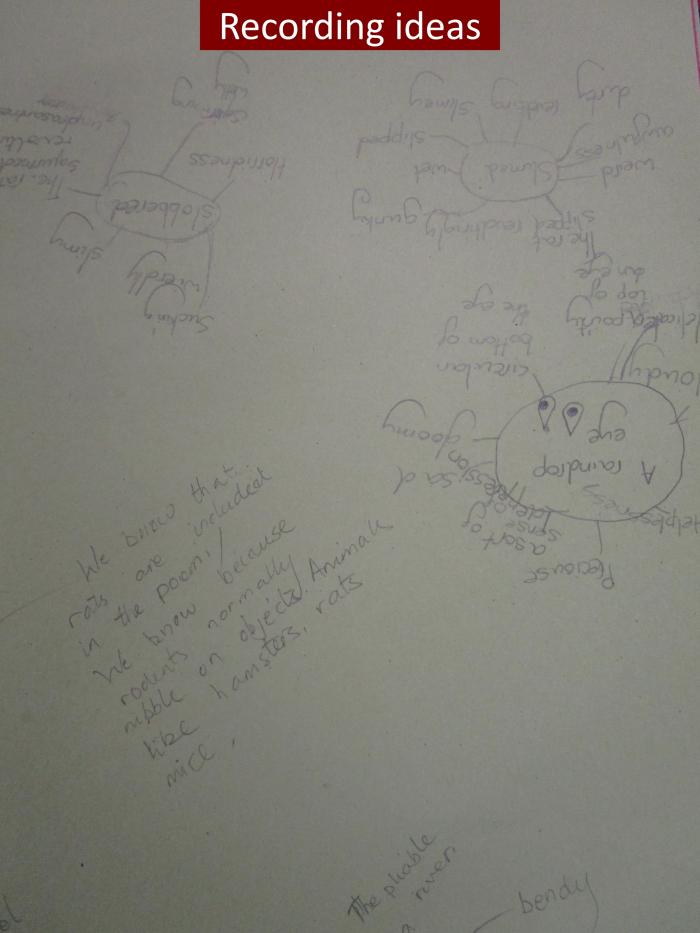
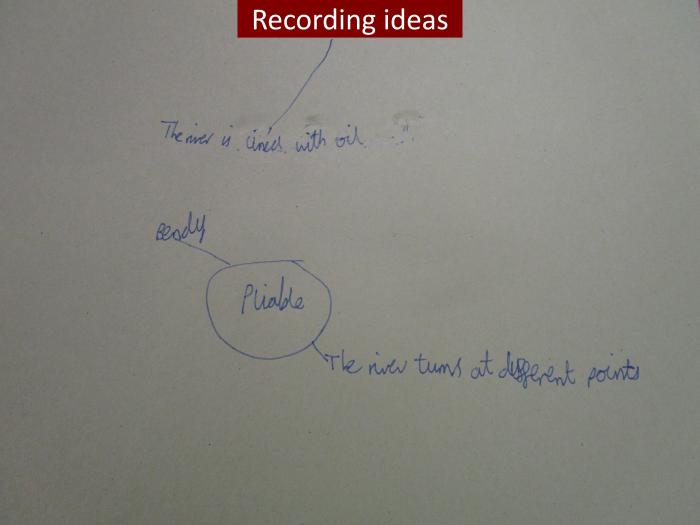
A Walk By The River
This half term in Form 6, Mr Hastings’ English group have been exploring a few of the works of Seamus Heaney, one of the most celebrated poets of the Twentieth Century. The final poem they studied was An Advancement Of Learning, in which Heaney has a close encounter with a pair of rats on a riverbank.
At the start of the lesson, before he introduced the text, Mr Hastings was keen to discover what the group anticipated from this latest poem. It was quickly apparent that the children are developing into fine Heaney scholars. Based on her recollection of Follower and Death Of A Naturalist, Edith suggested that the poet might take inspiration from his own childhood. Eamon, meanwhile, thought Heaney would probably explore his imagination, whilst Leo remembered the rather terrifying scenes in The Barn and feared that the poem would be creepy. No-one was to be disappointed in this, including Chloe, who predicted that there would be something wet and slimy near the riverbank, and believed that Heaney might use the technique of onomatopoeia to create sloppy, watery sounds with his words.
This was certainly no pleasant stroll by the river in the sunshine, as the children discovered when Mr Hastings handed out copies of the poem. Even the swans were described as ‘dirty-keeled’, and then the rats appeared. The children’s first job was to work co-operatively to establish a narrative sequence for the poem, a task which they accomplished with aplomb.
Everyone was keen to find out what poetical techniques Heaney employed in this work, and there was much furious counting of syllables and searching for rhyme schemes. Edith spotted the use of enjambment, which she recalled from the previous poem, Follower. Enjambment is the technique by which a poet runs on a phrase for a sentence from one line to the next without punctuation. Here, it gives a sense of the river flowing by the path.
Gratified though he was by all these ideas, in this particular lesson Mr Hastings intended to put more emphasis on the poet’s choice of vocabulary and how it contributes to the overall strength and feeling of the poem. An Advancement Of Learning is by no means an easy work, and requires considerable interpretation to tease out the meaning. One group, for instance, felt very pleased that they were able to establish that the phrase ‘a transfer of gables and sky’ refers to the reflection of a building in the water and, in doing so, creates a sense of shadiness and gloom.
Barnaby was interested in the way Heaney uses words such as ‘slobbered’ and ‘slimed’ to describe the movement of the rats because he did something similar when describing a well in Personal Helicon. However, in this instance, the children realised that the poet faced up to his fear, eventually walking matter of factly away, rather than fleeing, as happened in previous poems. Kayra noticed a military connotation in that, when meeting the rats, the poet is confronting an enemy, establishing what he describes as a ‘bridgehead’ and ending up in something of a stand off, staring out the animals.
Reflecting on the poem as a whole, both Ashmit and Harry drew attention to the overwhelming ordinariness of the encounter. Ashmit confessed that he had been hoping for a somewhat grander narrative. It was agreed, however, that using a seemingly small, insignificant event as a springboard for the imagination is a technique seen very often in poetry.
Next term, Form 6 will be exploring war poetry, and comparing notable examples from the Crimean as well as the First and Second World Wars. Mr Hastings is hoping that the work they have done this term will stand the children in good stead when they come to consider the themes and the language choices in this new topic.
Miss Freeman is now relaxing with a well earned cup of tea and a mince pie, but has promised to bring you more news from the classroom in the New year.